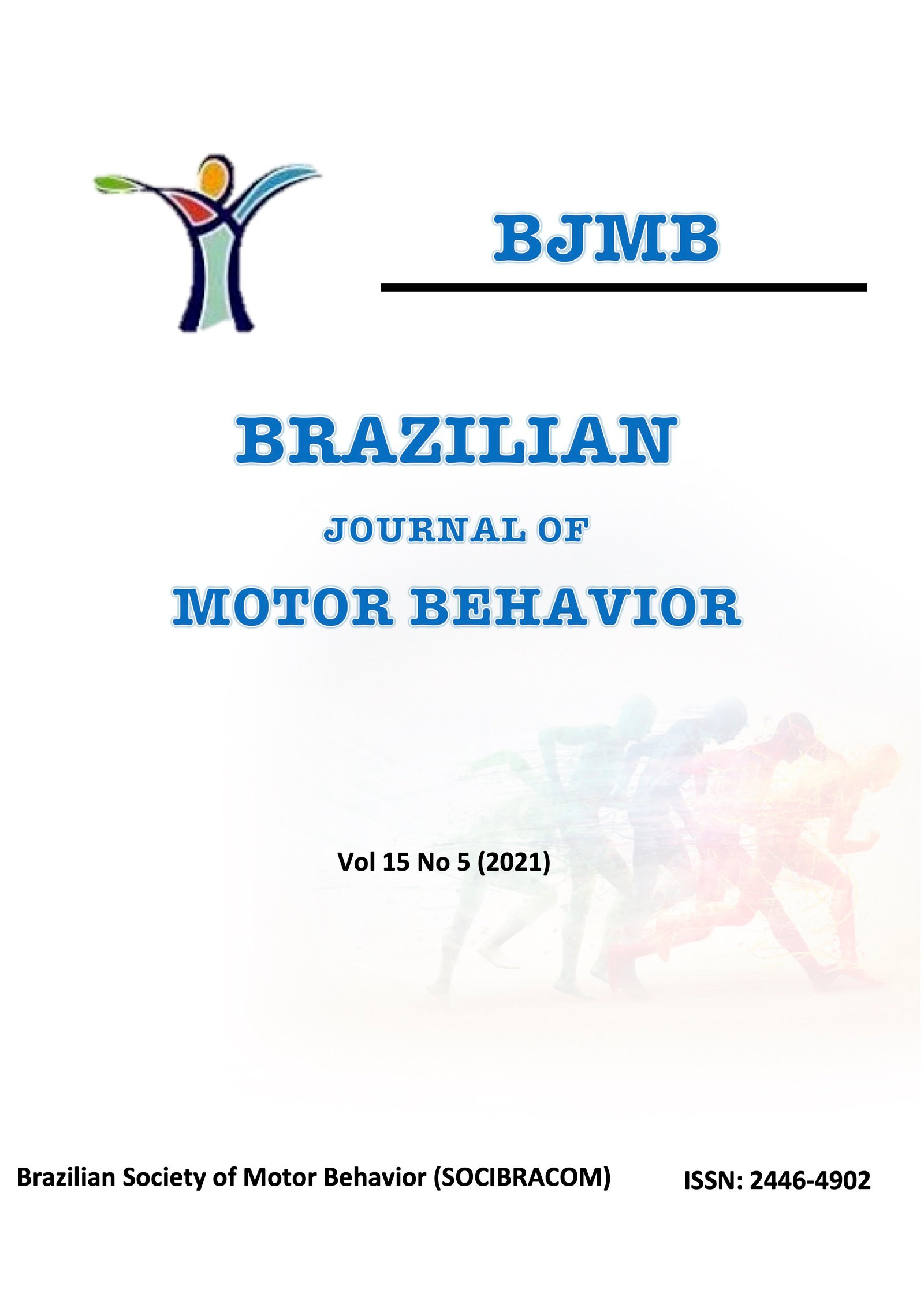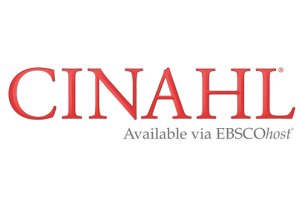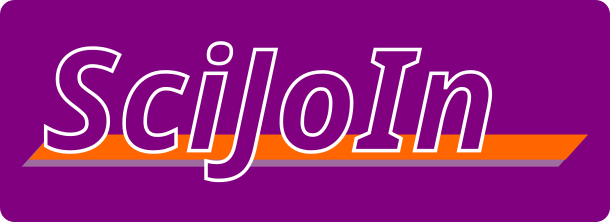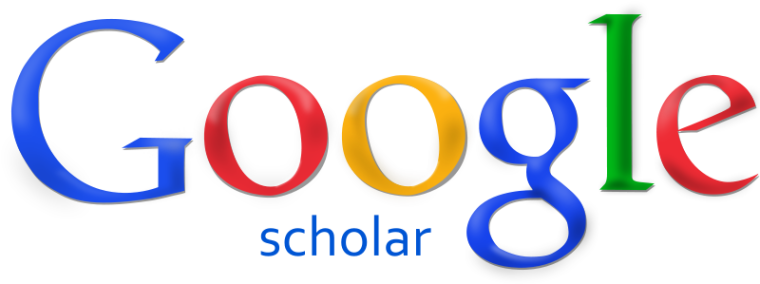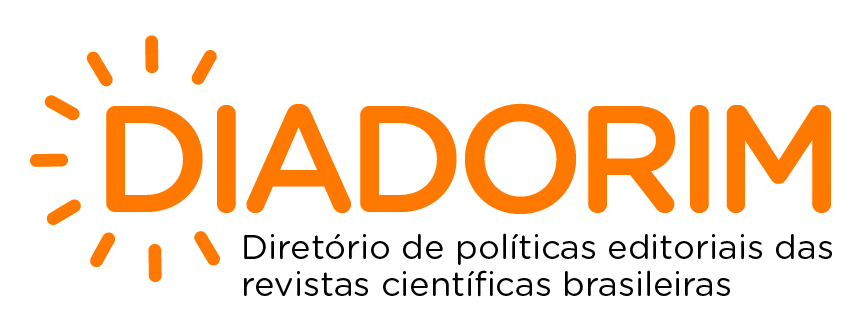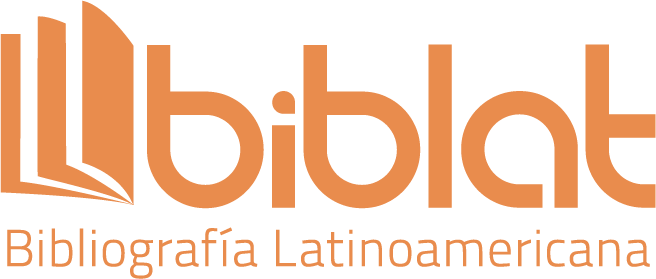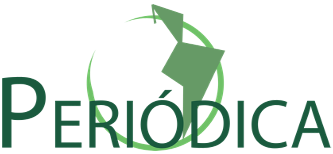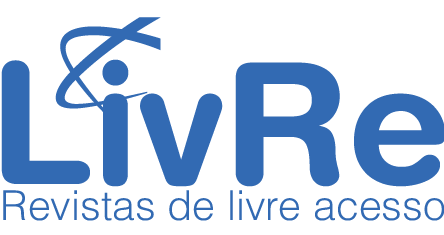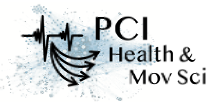Pupil dilation as indicative of cognitive workload while driving a car: effects of cell phone use and driver experience in young adults
DOI:
https://doi.org/10.20338/bjmb.v15i5.269Keywords:
Cognitive workload, Driving simulator, Pupillometry, Dual task, Cell phoneAbstract
BACKGROUND: Cognitive workload resulting from drivers’ engagement in concomitant tasks while driving, such as talking on a cell phone, affects the availability of attentional resources for the various stages of information processing, which can interfere with the selection of relevant traffic information, leading to poor performance and higher risk of accidents.
AIM: The purpose of this study was to test the adaptation and application of the method of fixation-aligned pupillary response averaging to the car driving context, and, if successful, to determine effects of talking on a cell phone while driving, in both handheld and hands-free situations, and effects of driving experience on pupillary responses of young adult drivers, as indicative of cognitive workload.
METHOD: Ten novice and ten experienced drivers had pupil diameter measured while driving in a car simulator under velocity of 80-120 km/h, daylight, linear trajectory and low traffic level. Data analysis was based on the method of fixation-aligned pupillary response averaging.
RESULTS: Noise curves were around baseline (zero) values while pupil dilation curves clearly stood out from noise magnitude, in all conditions for both groups. Greater pupil dilation peak during talking on the cell phone (handheld and hands-free conditions) while driving occurred only for the novice group.
CONCLUSION: Adaptation and application of the method of fixation-aligned pupillary response averaging to the car driving context succeed. Cognitive workload imposed by the dual task of talking on a cell phone increased pupil dilation for novice drivers, which may alter acquisition of visual information and impair driving behavior.
Downloads
Published
How to Cite
Issue
Section
License
Copyright (c) 2021 Bethânya G. Carizio, Gustavo A. Silva, Gabriel P. Paschoalino, Juliana C. de Angelo, Gisele C. Gotardi, Paula F. Polastri, Sérgio T. Rodrigues

This work is licensed under a Creative Commons Attribution-NonCommercial-NoDerivatives 4.0 International License.
Authors must declare that the work submitted is their own and that copyright has not been breached in seeking its publication. If the manuscript includes work previously published elsewhere, it is the author(s) responsibility to obtain permission to use it and to indicate that such permission has been granted.
Authors retain the copyright of their paper and grant the Brazilian Journal of Motor Behavior (BJMB) the right to first publish the work under a Creative Commons Attribution-NonCommercial-NoDerivatives license (CC BY-NC-ND). This license allows users to share the paper given the appropriate credit to the author and source and does not allow commercial uses and derivative materials to be produced.

